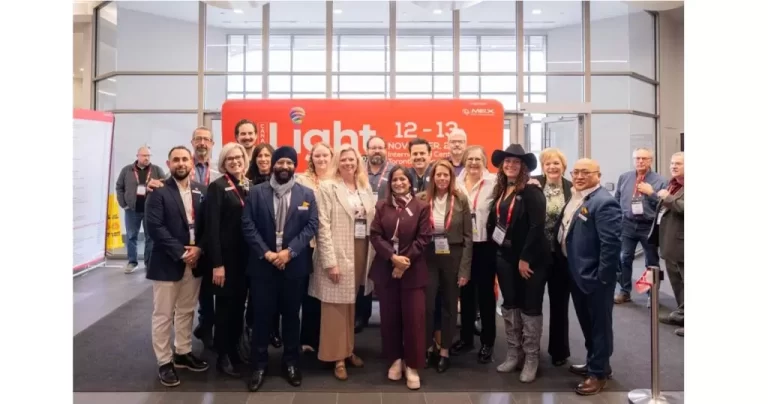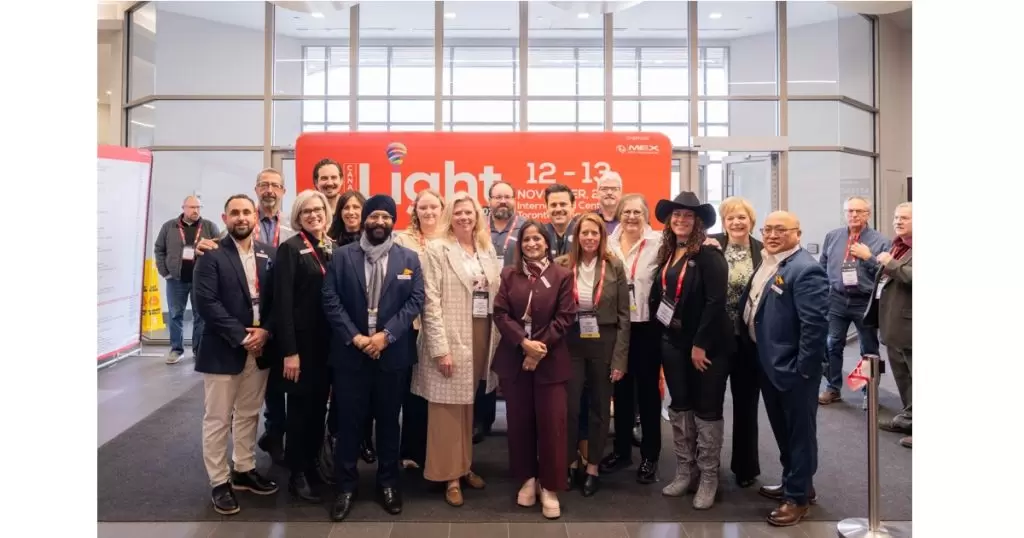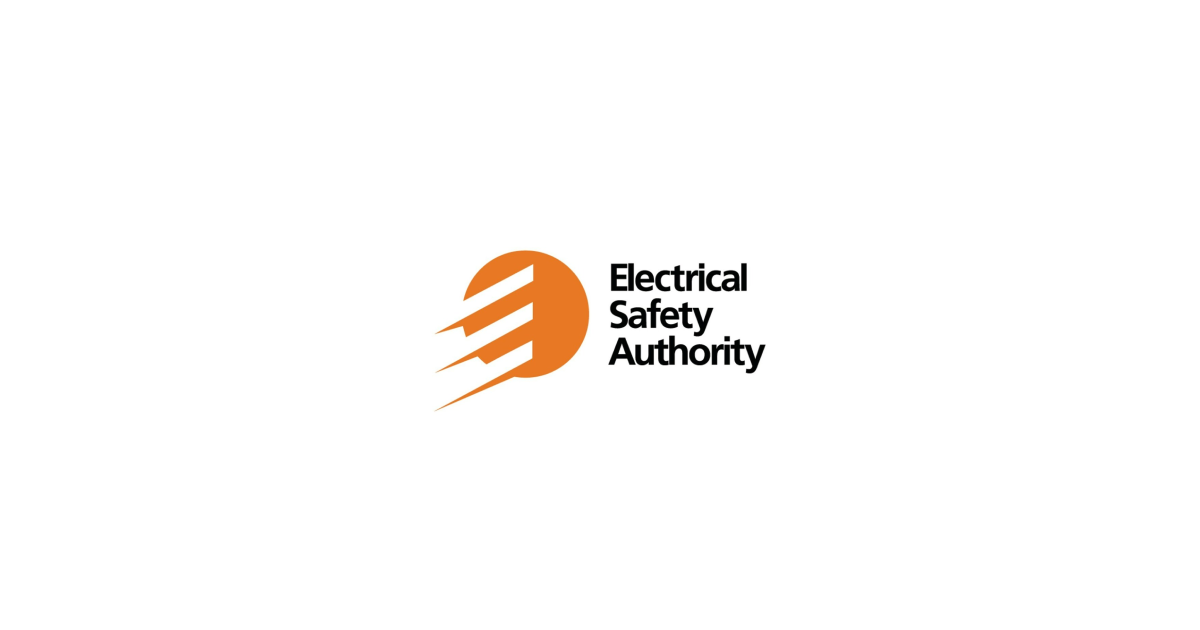The Rise of the Electric Vehicle

Mar 26, 2018
By Owen Hurst
From 2016 to 2017 EV sales in Canada increased by 56%, driven primarily by Ontario, where sales rose 96% in that same timeframe. As we work hard to develop a green economy in Canada EV sales will continue to rise. The use of EVs is largely supported by the federal and provincial governments and related technology is receiving significant attention and regulation by the Canadian Standards Association (CSA).
The heavy increase in sales can be partially attributed to incentive programs put in place to drive the sale of EVs. In Quebec the Electric Vehicle Incentive Program offers up to $8000 off the purchase of a new EV and $4000 off the purchase of a used EV. Quebec also offers $350 off the purchase of a home charger and $250 off the installation costs. Through Hydro Québec, the province also maintains the Electric Circuit, the largest network of public EV charging stations in Canada.
British Columbia offers up to $5,000 off the purchase of EVs and an option that lets you trade in a gas-powered car in exchange for up to $6,000 toward the purchase of a new EV or up to $,000 for a used EV. The province also offers between $20,000 and $50,000 for specialty use electric vehicles such as heavy-duty truck and buses.
In Ontario, the province offers up to $14,000 off the purchase of an EV. However, the incentive amount varies by EV model, battery size, amount of passenger seating, manufacturer’s suggested price, and in certain instances the duration of the lease. Ontario also offers 50% off the purchase of home charging stations to a maximum of $500, and 50% off the installation fee up to $500, although your unit must pass inspection by an ESA certified electrician. Ontario also had in place the Workplace Electric Vehicle Charging Incentive Program, which offered 80% off the purchase and installation of EV charging stations at workplaces up to a maximum of $7,500 per unit. However, as of February 23, 2018 the allotted funds have been exhausted and the program is no longer accepting applications.
Standardizing EVs
As a result of the rise and increased demand for EVs there has been a number of studies conducted on the development and standardization of EVs internationally. This drive has been led primarily by CSA Group who have worked toward the development of an EV infrastructure that addresses the compatibility and operability elements of EVs.
In 2010 the Canadian government released their Electric Vehicle Technology Roadmap. Following this report CSA Group instituted a project designed to create harmonized North American Standards. The project was titled “Developing Electrical Standards to Introduce Electric Vehicles in Canada.” The goal was to focus on minimizing international trade barriers for EV adoption and standardization of essential electric vehicle supply equipment (EVSE) so charging would be relatively standard and allow individuals to charge safely anywhere in North America.
In 2015 the results of this effort were seen in the Canadian Electrical Code (CEC) Part 1 which was updated to specifically include regulations for EVs designed to ensure safe operation. The new standards were focused on the national and international definition of EV equipment. To ensure safe practices and standardization, CSA Group worked with Underwriters Laboratories (UL) in the U.S. and the Association of Standardization and Certification (ANCE) in Mexico to ensure that North America took a harmonized approach to the rapidly rising trend in EV adoption.
The efforts of CSA Group have ensured that manufacturers of EVSE in Canada, U.S. and Mexico have the same standards and requirements that allow for cross border travel for EV consumers. CSA Group has also launched a project to work with the U.S. to develop standard DC charging in both countries.
With the substantial rise the number of EV consumers there is a rapid push for EV charging stations to be publicly available and installed within the home. At a glance this may not seem an issue, we just install chargers and be done with it, right?
Well, in reality it is not quite so easy as EVSE is continually evolving and uses a substantial amount of power that demands safe regulations and standards be put in place to protect our electrical infrastructure and the public. As a result of EV chargers’ high load draw, it is necessary to have some form of control over the energy being transferred. This control comes in the form of electric vehicle energy management systems (EVEMS).
Building on the regulations put in place in 2015, the new 2018 CEC Part 1 has addressed EVSE concerns with new regulations. EVSE regulations and standards can now be found under rule 8-500 and new sub rules 8-106(11) and (12). These rules have been put in place to ensure load capacities are not exceeded.
So, new rules are in place but how exactly does an EV charger work and are they all created equal? The simple answer is no. There are a variety of EV chargers out there ranging from slow to fast charging and home model to public. We also should recognize that EVs run on DC power, but our electric grid is AC. This means that either EV chargers must have AC-DC converters or the vehicle itself must have a built-in power converter. Either way there will be power loss in the conversion process. So, yes EV is much more efficient than gas, but we should consider the loss of power in conversion as well as the source of the power use. Is it really more energy efficient if the power we are drawing comes from a coal power plant? But perhaps that is a question for another day.
Levels of charging
For our purposes we will consider the various chargers that can be used by Canadians and the systems in place to ensure they are safe and efficient. Whether home charger or public there are three levels of charging.
• Level 1 is to use a standard AC wall outlet to charge your EV (All EVs come with a standard plug in). This method is very slow, an average of 8 kilometres worth of power for one hour of charging. However, you can charge almost anywhere you can find a standard electrical outlet.
• Level 2 is the most common type of EV charger and is the model most often installed in homes and businesses. Level 2 chargers typically offer a complete charge when plugged in overnight. In North America level two charging is standard on all EVs except for Tesla models. Standard Level 2 standard chargers are classified as J1772. And for convenience Tesla drivers can purchase J1772 adapters.
• Level 3, or DC quick charging, is extremely fast and can typically fully charge an EV in one hour. While there are several charging standards within Level 3, in North America most chargers offer both typical standards, except for standard 3, which is again specific to Tesla. Most chargers found along major highways operate at Level 3. Not only are Level 3 chargers fast, primarily as a result of being direct DC, they are more efficient in that they do not require multiple AC-DC conversions.
Year on year we can expect to see more EVs on the road and a much larger distribution network of public charging stations and home units. We can expect as this technology grows and advances to see further regulation and safeguards put in place by CSA Group.
For a full list of EVs available for purchase in Canada see: https://www.plugndrive.ca/electric-cars-available-in-canada/
Photo source: Pexels




![Guide to the Canadian Electrical Code, Part 1[i] – A Road Map: Section 52 — Diagnostic imaging installations](https://electricalindustry.ca/wp-content/uploads/2022/11/Guide-CE-Code-2-768x432.png)





![Guide to the Canadian Electrical Code, Part 1[i] – A Road Map: Section 52 — Diagnostic imaging installations](https://electricalindustry.ca/wp-content/uploads/2022/11/Guide-CE-Code-2.png)






